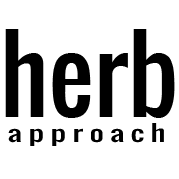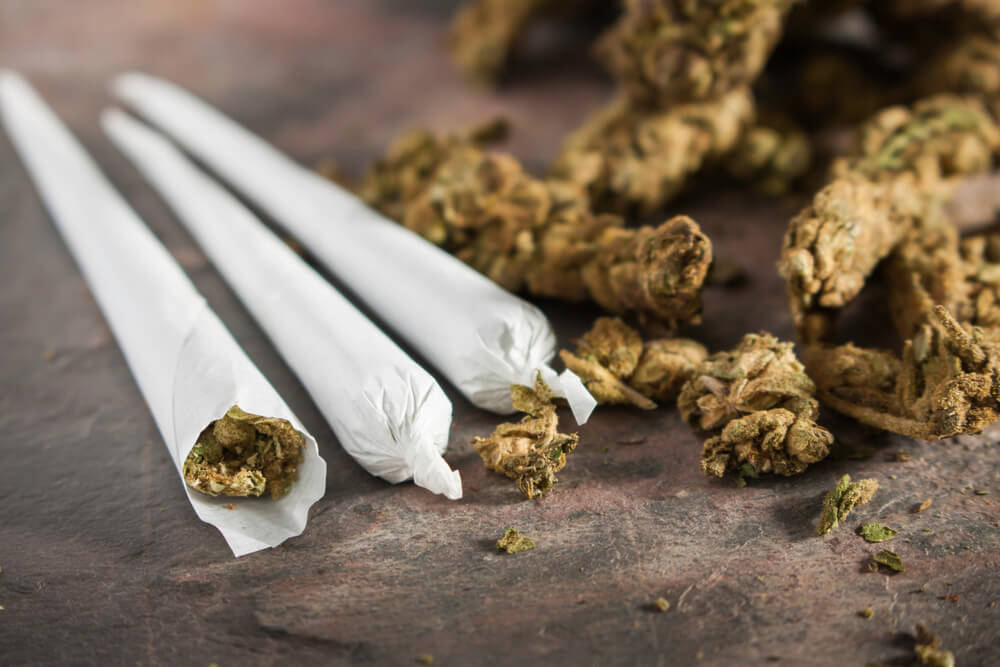The first experience with cannabis can be intimidating, however, it does always need to be the case.
As legal cannabis approaches on the horizon, it’s clear many Canadians will be using marijuana for the first time in their lives. A recent survey released by Statistics Canada shows that the number of cannabis users is already quite higher than expected. The numbers are expected to grow as the veil of deceit around medicinal cannabis is lifted.
Now that you know your neighbours and the police officer down your block will be using cannabis, where do you go from here? Let’s take a look at how to go about your first experience with cannabis.
Where to Start
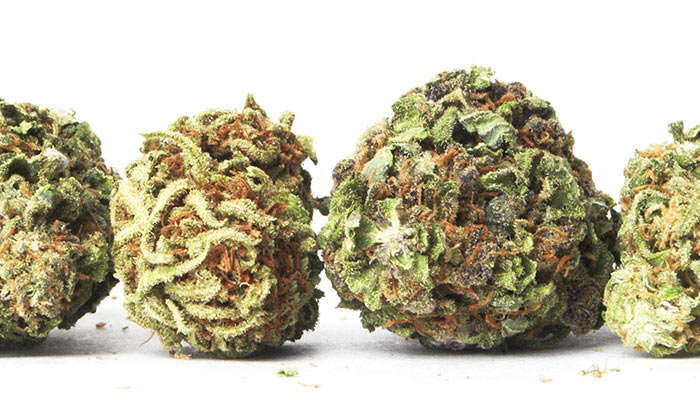
It’s easy to get wrapped up in the propaganda that’s been spread throughout the years of prohibition. Luckily in 2001, the Canadian government approved cannabis to be used as a medicine. Since then, the number of ailments it approves for medical use has grown and continues to grow. Multiple Sclerosis, Epilepsy, Anxiety, Diabetes and Insomnia are just a few that have seen a dramatic increase in medical cannabis usage.
Much like wine and craft beer has had a renaissance, craft cannabis will see an explosion. This allows for patients to find what really suits their needs. From terpene profiles, medical benefits and overall experience, the variations of cannabis available will be hard to fathom.
Before getting into the details, let’s take a look at the roots of cannabis.
Selecting a Strain
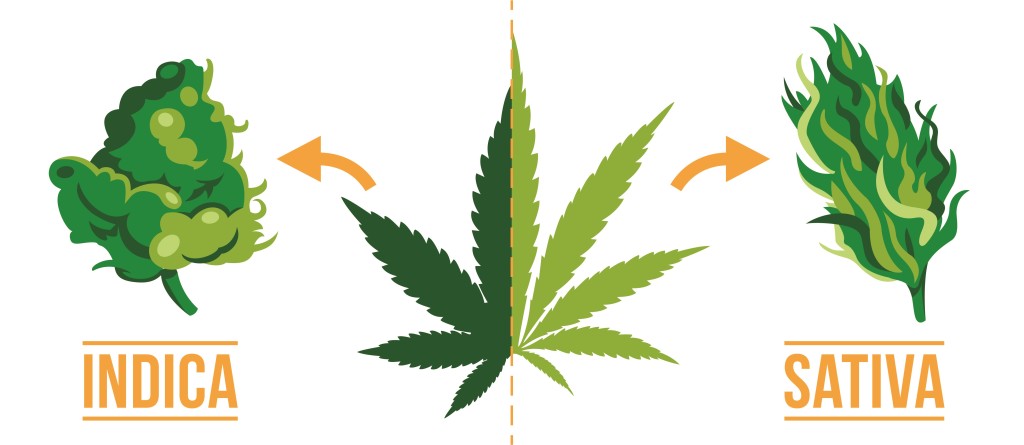
Just like automobiles, food and tv shows, not all cannabis strains are made the same.
This one is a common misconception. When I ask people about their favourite strain, some people say, “It’s all the same, isn’t it?” It most definitely is not.
There are primarily three major species of cannabis: indica, sativa, and hybrid. While there are common effects for each species, it is important to note that these effects will most likely vary. Based on the strain you use, it’s not a guarantee you will experience the typical effects every time. Every strain has a unique ratio of THC and CBD that will ultimately dictate the effects of that strain regardless of the norms for the species.
Indica: This type of strain is touted as a good option for relaxation. It is often described as a full-body feeling when consumed and that feeling is often due to a higher concentration of CBD.
Sativa: When you want to be more active, a Sativa is your best choice. Where Indica is more of a nighttime type of strain, Sativa is a better daytime option. It’s more cerebral than physical.
Hybrid: This type is exactly what it sounds like—a hybrid of Sativa and Indica strains. The features of a hybrid will vary depending on what parent strains are used. Hybrids can be an interesting mix, and you need to try them to truly understand which you prefer.
Beyond the species name, there will be a strain name. This strain name is usually indicative of various attributes of the cannabis used and can reflect the Grower’s name, where the variety of cannabis originated or plant attributes. Strain names are also used to help market cannabis similar to different beer or wine brands.
First Experience With Weed – Ways to Consume Cannabis
There are several ways to enjoy cannabis beyond smoking. Even smoking cannabis doesn’t have to mean simply smoking a joint. Read on for more:
Smoking

While this is the most traditional way to consume, it’s not the only way. For some people, it’s the go-to method of consumption, so if you want to experiment with this first, here are some of the common ways you can smoke cannabis:
- Hand pipes: These can include different designs and types of material, so it’s often a way to express yourself.
- One-hitters: These smaller pipes are made to look like cigarettes, so it’s a less overt way to consume when you are in a mixed group.
- Water pipes: While less convenient in terms of portability, water pipes are more advanced than a hand pipe (and people swear by their bongs or bubblers). Using hookahs, which are also water pipes, is also a social way to smoke.
Vaping
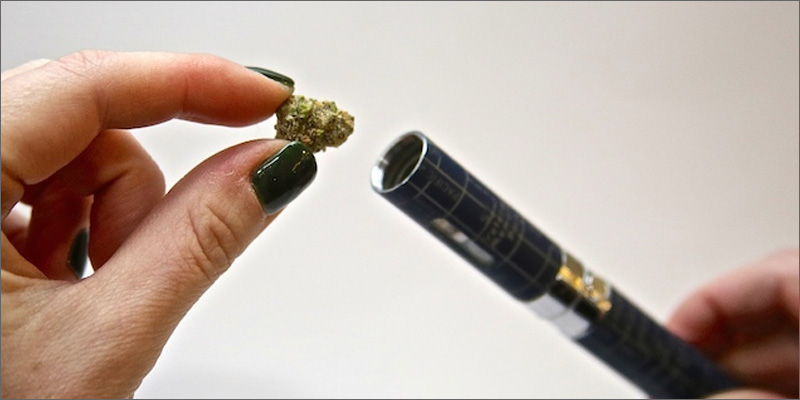
This method has advanced a lot in the past few years and has many options. Additionally, convection vapes allow you to save the used, dry herb to make butter, etc., for edibles.
- Portable vapes: Typically, these vapes use concentrate or oils versus dry herb. You can still find some dry herb options but they tend to be less effective.
- Larger vapes: Typically larger vapes use convection and with this method, you can get a more even heating of the herb. One of the most common varieties of such large vapes is Volcano vaporizer. With the right vape, you are able to extract the THC within the vapor and the CBD is still left in the dried flower, which can later be used to make your own edibles.
- Dabbing: This is the newest form of vaping, which uses concentrate heated on a hot nail to create a vape. Research well before trying it, as there is some technique required.
Oral Consumption

This can be tricky at first because the time it takes to metabolize the cannabis is different than smoking. It’s important to really educate yourself before trying these methods.
- Tinctures: This method is an option if you don’t want to smoke or inhale vapours but be aware that it is an alcohol-based cannabis extract. It’s an especially popular format for CBD. It can be an effective way to control the dose you use.
- Ingestible oils: This is a more medicinal method with concentrate packaged into capsules for easy digestion. This method is a middle ground between tinctures and edibles and provides more control when it comes to the dose you ingest.
- Edibles: While edibles won’t be legally available post-legalization for at least another year, many medical cannabis users prefer this method of consumption and often learn to make their own homemade products. There can be several challenges with edibles, one of which is understanding that they work differently from smoking. In fact, it can take upwards of 45 minutes to 2 hours for a person to feel the effects of an edible versus smoking or vaping, which can take as little as 10 to 15 minutes to feel the effects. You really need to ensure you are eating the correct amount and not overindulging. Not to mention ensuring that the edibles you make are not accessible to any children who may be in your home.
Topical Consumption
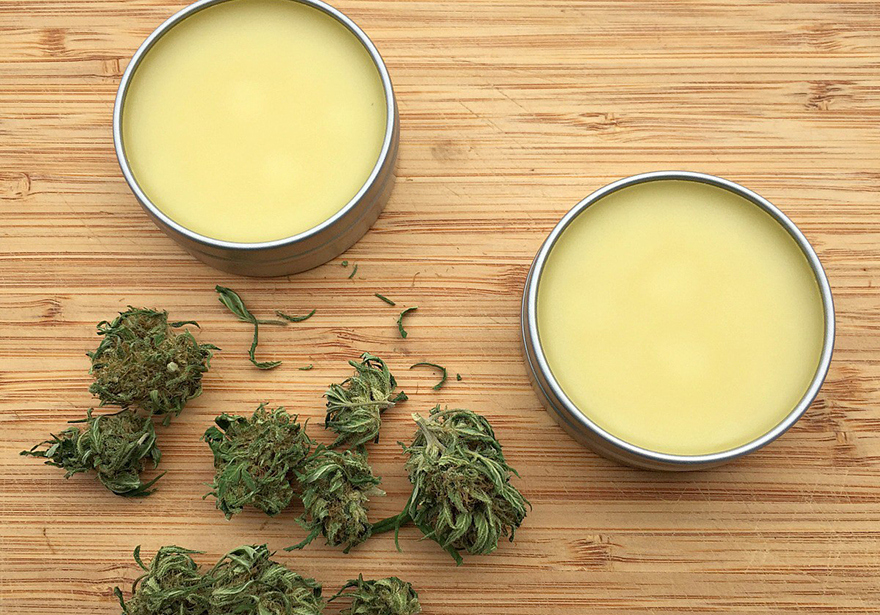
This is a way to use cannabis if you aren’t into ingesting it, and are really looking for something that can help with inflammation.
- Creams and salves: These are becoming increasingly popular and for good reason: It is an innocuous way to introduce people to cannabis and its potential medicinal properties as a pain reliever.
In the end, there are lots of ways to use cannabis. To determine if it’s for you, you have to try it, but it’s important to do so as safely and responsibly as possible.
Now that you’re armed with the information to start off your first experience with cannabis, head to Herb Approach for all your marijuana needs. From top-shelf strains to phoenix tears, edibles and concentrates, Herb Approach has you covered.
